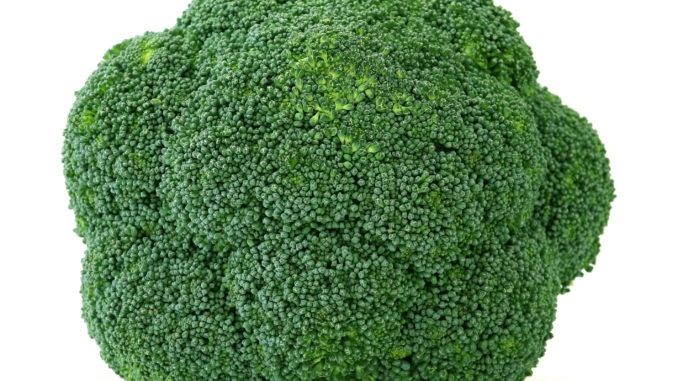
10 Foods Containing High Amounts of Vitamin C (Ascorbic Acid)
One of the most well-known and talked about nutrients in our diets are those that come from vitamin C foods. Eating vitamin C foods on a daily basis is imperative for good health as this vitamin is involved in so many different functions and will be required to maintain a healthy body.
Vitamin C Needs To Be Replenished Every Day
What’s more is that since vitamin C is considered to be a water soluble vitamin, if you aren’t taking it in daily you could quickly be at risk for suffering from serious nutrient deficiencies.
Vitamin C foods are quite difficult to overdose on because of this fact – the body will simply excrete the vitamin C from its system through the urine in most situations.
The good news is that this makes it rather non-toxic in everyday levels but the bad news is that due to this fact, it is required daily.
Vitamin C foods are commonly referred to as foods that contain ascorbic acid as well, since this is another name that this vitamin can go by.
Vitamin C does tend to be one of the more commonly supplemented vitamins out there, especially by those who feel a cold coming on. But, despite the fact that these supplements are so readily available, you’ll want to take note that getting vitamin C foods into your diet is a far smarter plan.
Let’s have a closer look at what vitamin C foods are all about so that you can make the most of this nutrient.
A List of 10 Foods High In Vitamin C
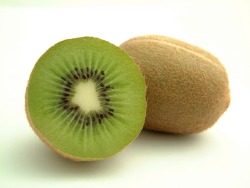
The top vitamin C foods that you should be adding to your diet regularly are heavily focused in the fruits and vegetables category and include:
- Broccoli
- Bell peppers
- Brussels sprouts
- Cantaloupe
- Cauliflower
- Kale
- Kiwifruit
- Oranges
- Papaya
- Strawberries
So make sure that you aren’t overlooking including plenty of vitamin C foods in your daily diet. This nutrient is fairly simple to get in as long as you have a few servings of fruits and vegetables each day, which should always be part of a healthy diet plan.
Try and choose the most brightly colored fruits and vegetables when selecting your vitamin C foods as these are often highest in this nutrient.
The Health Benefits of Vitamin C
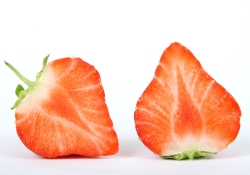
The most commonly known role for vitamin C in the body is to serve for protective support by helping to fight off free radicals that cause oxidative damage to our cells and that will put you at risk for conditions such as cardiovascular disease, cancer, joint diseases, as well as cataracts.
There are certain people who will benefit from taking additional vitamin C foods due to their role in helping to treat and manage specific conditions.
This includes those who suffer from alcoholism, Alzheimer’s disease, asthma, autism, depression, diabetes, irritable bowel disease, as well as Parkinson’s disease.
While vitamin C foods will not cure these conditions, they will be good for treatment purposes.
Parts of the Body Affected By Vitamin C
- Adrenal glands
- All connective tissue
- Blood vessels
- Heart
- Immune system
- The digestive system
Symptoms of Vitamin C Deficiency
The following is a list of vitamin C deficiency symptoms:
- Bruising easily
- Fatigue
- Frequent infections
- Loss of appetite
- Mental disorders
- Slow healing of wounds
- Sore gums
Try to Choose Natural Food Sources of Vitamin C Instead of Supplements
Those who are taking in many vitamin C foods from the fruits and vegetables group also show higher rates of cancer protection including cancers of the lung, breast, and colon. Note however that it’s only the foods that actually provide the protection – supplementing with a vitamin C supplement will not provide the same benefits.
One very important thing to note is that many people often turn to vitamin C foods whenever they feel a cold coming on as they think that this vitamin C will help to reduce their chances of cold development.
The thing to know here is the fact that taking vitamin C itself is not going to completely stop you from developing a cold, however it could reduce the severity of the cold and decrease its total duration.
So it’s definitely still a good idea to have some vitamin C foods in your diet when you feel a scratchy throat or begin to show signs of a runny nose but don’t think that these foods alone will entirely prevent that cold from coming.
Finally, one last thing to consider is that if you’re currently also trying to increase your iron intake, you’ll want to aim to eat your iron-containing foods with vitamin C foods as this tends to increase the absorption of that mineral in the body.
This is a simple way to maximize your iron intake and prevent you from suffering from anemia.
Vitamin C Recommended Daily Amount
One interesting thing to note is that the human need for vitamin C can vary greatly from individual to individual. Factors such as your age, gender, current health status, as well as whether you’re highly active will all influence just how much vitamin C you should be taking in.
Always speak to your doctor if you have a particular health issue that concerns you to see if it influences how many vitamin C foods you should be consuming.
In some cases your doctor may recommend a higher dosage of vitamin C foods, so this is important to look into.
Higher Safe Limits of Vitamin C Supplementation
The RDA has established safe upper limits for vitamin C dosage however, and they currently stand at:
- 2000 mg of for adults
- 1800 mg for teens who are between the ages of 14-18
- 1200 mg for children between the ages of 9-13
- 650 mg for those who are between the ages of 4-8
- 400 mg for those who are between the ages of 1-3 years of age.
General Recommenced Daily Amount
- The general dose recommendation for daily use is set 75 mg per day for adult women
- 90 mg per day for adult men
- 65 and 75 mg per day for teenagers (females and males) between the ages of 14-18
- 45 mg for those 9-13 years of age
- 25 mg for those who are between 4-8 years of age
- 15 mg for children who are 1-3 years of age.
Infants who are 7-12 months should actually have higher vitamin C intakes than those who are between the ages of 1-13 as it’s set at a recommended dosage of 50 mg per day.
So there you have all the facts about vitamin C and the best foods sources to make sure you hit the RDA.

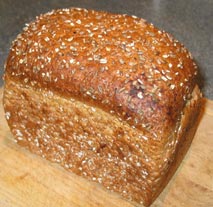
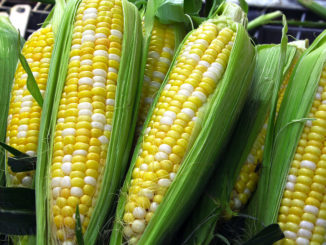
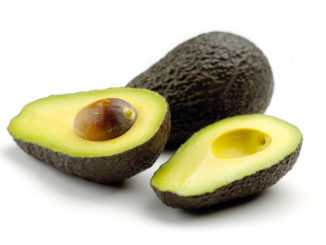
I’ve had quite a bad acne problem for several years now, I have tried various drugs from my doctor but nothing seemed to work. I went to see a nutritionist and he complied a comprehensive diet plan for me. He advised that my diet should be low in saturated fats and high in fibre. I should avoid all refined carbs like sugar, white bread, fried foods and also dairy foods.
I was also told to avoid animal fats as much as possible. The basis of my new diet would be fruits and vegetables. I was advised to exercise regularly, get plenty of rest and cleanse my face twice a day. Also he advised I start supplementing with the following vitamins and minerals: Vitamin A – 7,500iu daily Vitamin C – 1 gram a day Vitamin E – 400iu daily Also the minerals I take include, selenium, zinc and chromium.
It actually works out quite expensive to take all these supplements, so I had to shop around for the best prices without sacrificing quality. Anyway it has been 2 months and I must say my acne has reduced by 50% already! I didn’t think it would work to be honest, but even within 1 week I started to notice a difference. I think nearly all out problems are related to diet, if you eat the right foods most problems can be cured, even acne a problem I thought I would always have!
I have had a number of circulatory problems most of these are related to the blood vessels. A poor functioning circulation system can cause a number of disorders including: leg ulcers, chilblains and cold hands and feet.
I was advised to increase my intake of fruit and vegetables because these foods contain the highest amounts of vitamin c and naturally contain bioflavonoids. Also these foods are high in fibre to help keep everything moving. I can say that after increasing my fruit and veg intake I feel more energetic and I don’t suffer with cold legs and hands any more.
So anyone who suffers from circulation problems should consider adding more fruit and veg to their diets, it really does help. 🙂